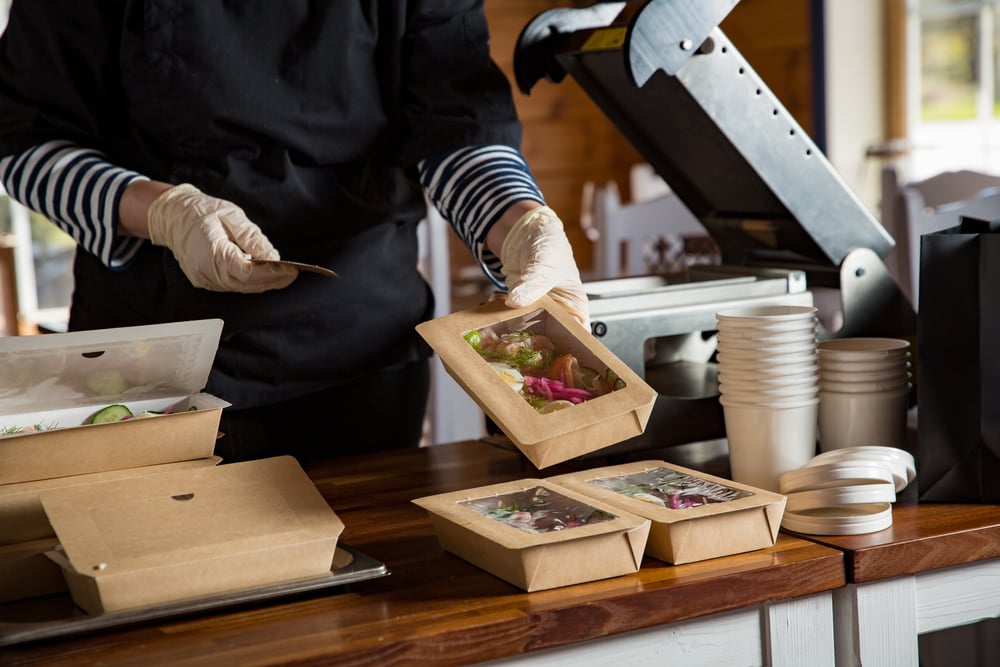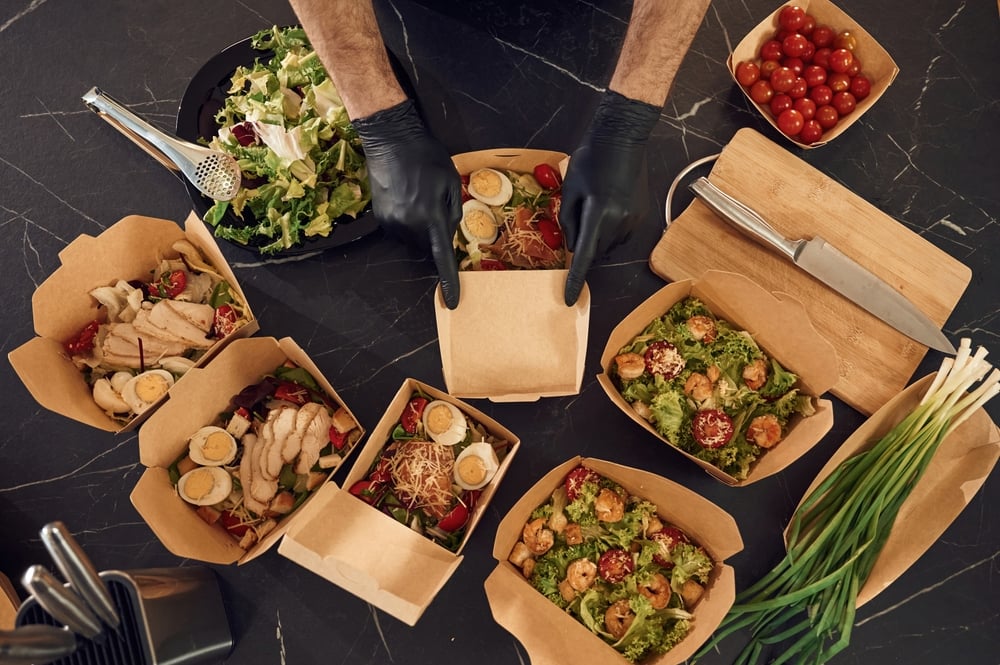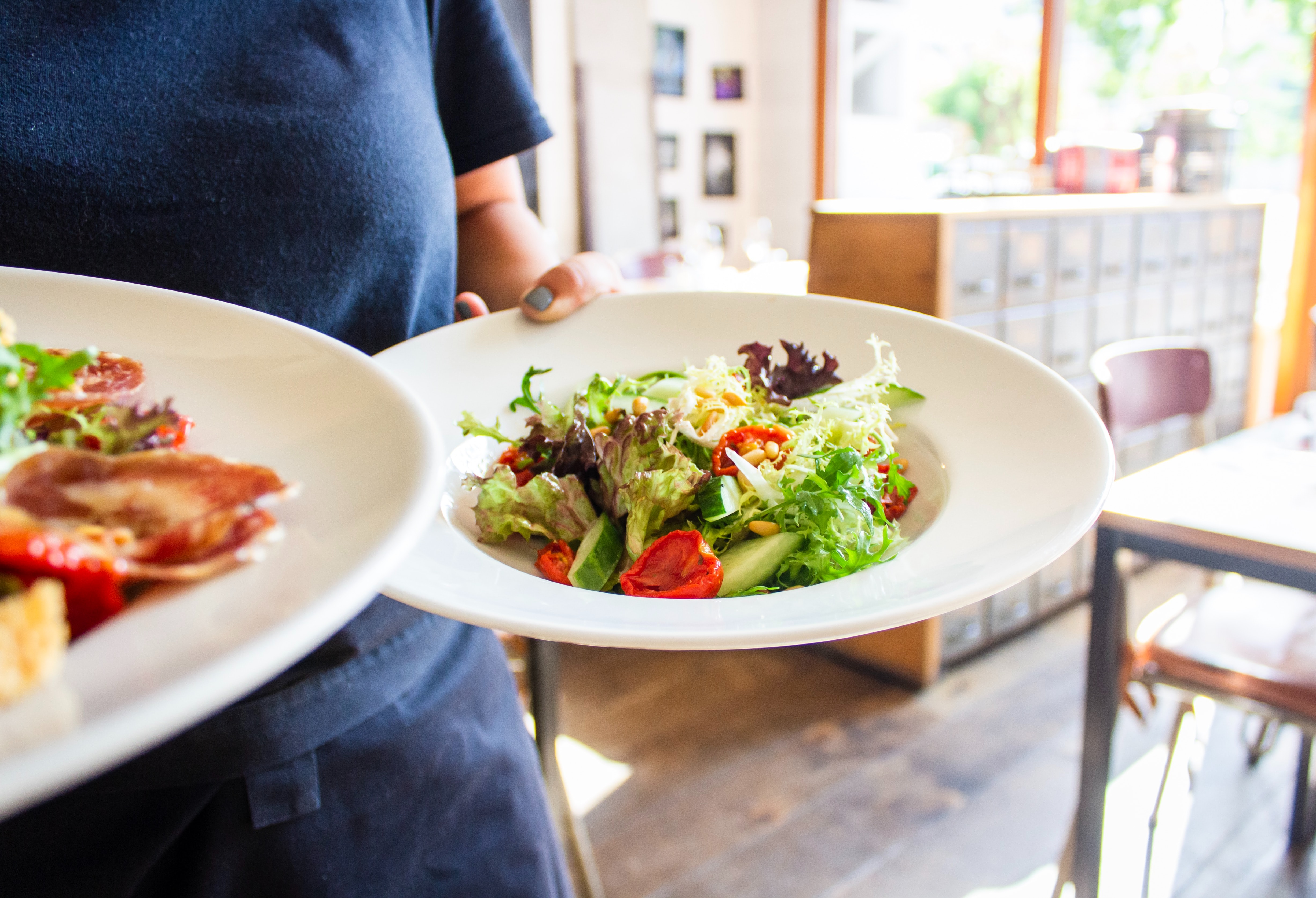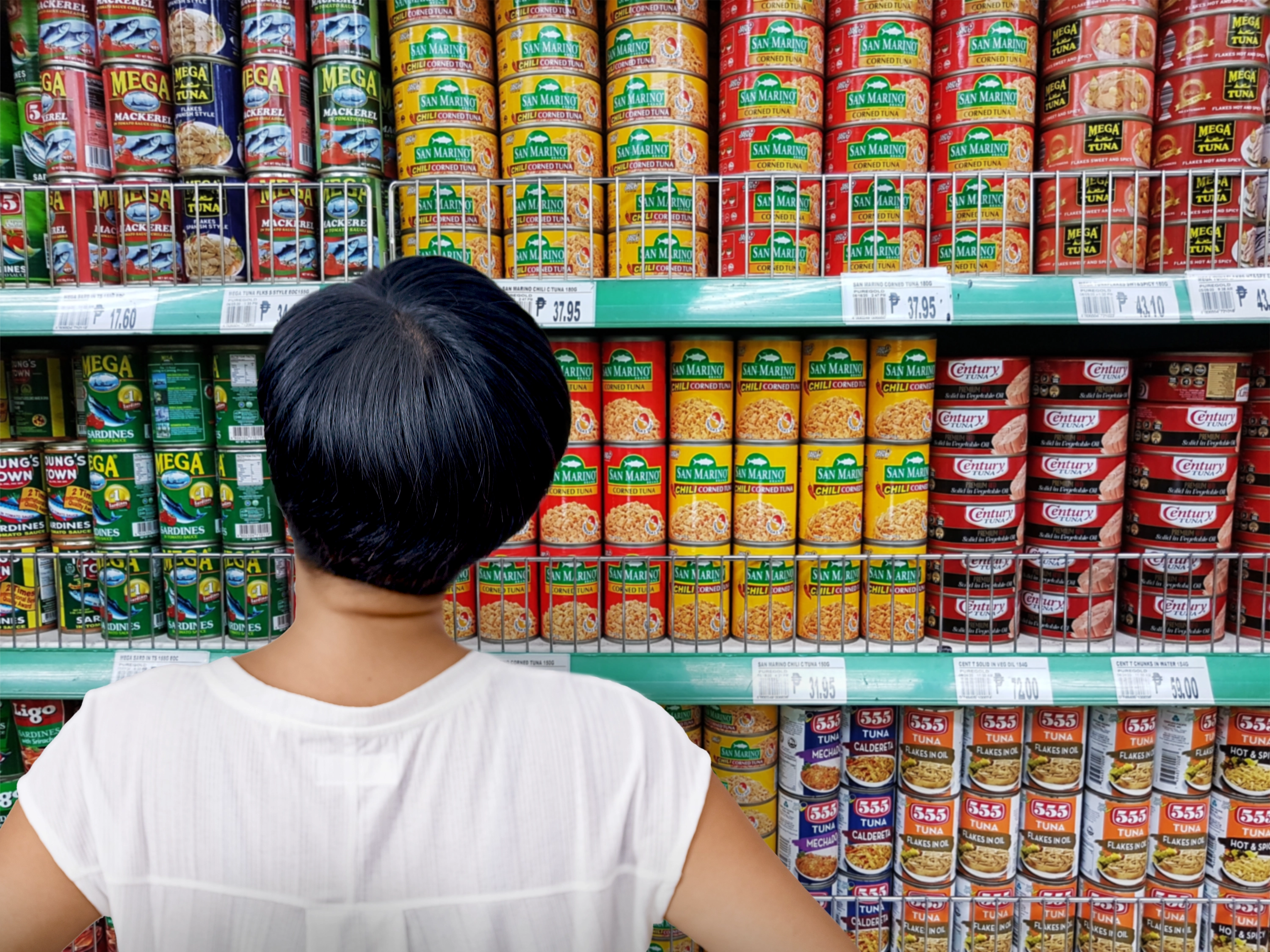Every click and conversion matters in the competitive eCommerce landscape. As such, online businesses like yours must perpetually seek ways to boost revenue and stay ahead. With cross-selling and upselling strategies, you can maximize revenue by encouraging additional or higher-value purchases.
That said, cross-selling and upselling go beyond increasing sales. They also provide more options to enrich shopping journeys and personalize customers' interactions with your store. With that in mind, this article explores cross-selling and upselling strategies to optimize your long-term revenue streams.
What is Cross-Selling and Upselling? Key Benefits, Differences, and Examples

In cross-selling, you suggest products that complement the buyer's purchase, while in upselling, you persuade them to get a product that gives them added value for a higher price. Both strategies aim to maximize revenue and enhance your patrons' shopping experience. Let's delve into these concepts' specifics to understand them better.
What is cross-selling?
Cross-selling suggests products complementing a customer's initial purchase to encourage them to buy more. It capitalizes on understanding their preferences by presenting more sales opportunities and making shopping more manageable.
What's in it for you? Cross-selling boosts profit margins by increasing the average order value (AOV) and promotes product discovery by introducing buyers to items they might not have considered otherwise.
Consider FoodPanda's online food delivery service, where the checkout process features a "Popular with your order" selection suggesting additional items other people have bought with similar orders. Likewise, food retailers strategically place smaller, lower-value items at checkout counters, streamlining the shopping journey and encouraging last-minute purchases.
What is upselling?
On the other hand, upselling encourages customers to buy a higher-priced or upgraded version of the product they initially considered. It leverages customer needs to present premium alternatives that address them better.
Knowing how to upsell a product elevates your AOV as well. Furthermore, offering better products positions your company as one that prioritizes quality, improving your products' perceived value. This, in turn, makes it more viable for you to justify premium pricing.
You'd usually see upselling in menus. Food establishments often offer premium versions of typical items, like an upsized meal with additional side dishes. Despite the significant price difference, it encourages buyers to upgrade the base option since they're spending less for more.
10 Cross-Selling and Upselling Strategies to Boost eCommerce Revenue

Want to learn how to cross-sell or upsell a product effectively to improve return on investment in your business? Here are some actionable strategies that can help you start.
Top 5 Cross-Selling Strategies
- Product bundling
Enhance your offerings by presenting related products as a bundled package at a discounted price. For instance, in the fast-food business, you could bundle sides, drinks, or desserts with single menu items to persuade customers to buy and save more. - User-generated content
User-generated content (UGC), like testimonials and customer reviews, tends to influence others' purchasing decisions. For example, restaurant patrons might be more inclined to pair a particular wine with a dish if a previous visitor raves about it online. - Complementary products
This strategy involves suggesting items that naturally pair well with what your customer is already considering. For example, if a customer orders a basic entrée with a beverage, you can cross-sell a side dish or dessert to maximize your AOV. - Personalized recommendations
Segment your customers based on their demographics or purchase history to tailor your cross-selling strategies. If you've identified that desserts are becoming more popular among young people than side dishes, you might want to cross-sell cakes or ice creams to Gen Zs visiting your shop. - Offer rewards
It also helps to reward your customers for combining specific items in their cart. For instance, you could provide better discounts if they added a side dish to a particular main to make cross-selling easier. This promotion might even potentially generate online buzz.
Top 5 Upselling Strategies
- Tiered pricing
This tactic involves offering different versions of a product at varying price points, each adding value to the initial item. The first tier is a single product like a hamburger. Then, you can add a side dish for the second and a beverage on top of everything for the third. - Product upgrades
Consider persuading customers to choose a higher-end version of a product, like a premium wine, to go with a specific dish. The key is to justify the price change by adding value. Explain how the pricier wine pairs well with the meal so buyers would opt for it despite the additional cost. - Discount programs
You could incentivize customers to buy more or choose higher-priced options given their greater perceived value. It's a common practice in food delivery apps to offer customers a higher percentage discount when purchases meet a specific price. - Timing
You should upsell only at strategic points in the customer's journey. Introduce upsells after a customer commits to a purchase for a higher-value option. Conversely, premature upselling may work less effectively or seem intrusive, deterring them from buying. - Specific features
Customers will be spending more if you upsell, but some might not be willing to do so if they don't see the point. So, highlight how the upsell product can address their needs or improve their experience to give them a compelling reason to choose the higher-priced option.
Boost Your Sales with Cross-Selling and Upselling Strategies

Competition is fierce, so knowing how to cross-sell and upsell effectively is integral to your success. By incorporating and building on these strategies, you'll have more chances to offer relevant and enticing deals to your customers.
However, cross-selling and upselling are only secondary to having a robust digital storefront. Consider checking out RUSH's eCommerce solutions: our online store builder that can help boost your food business’ eCommerce sales and revenue.
See our eCommerce packages and contact us to learn more!

Creative Manager at RUSH Technologies
Kent Marco is a Creative Manager at RUSH Technologies - the go-to e-commerce services partner of every business in making digital easy, efficient, and effective in the Philippines. He has a solid experience in the field of Creatives and Advertising particularly in Visual Effects, Motion Graphics, Art Direction, Graphic Design, Sound Design, and Web design. His pastimes include managing a family business, composing and publishing songs, and staying up to date with the latest technological innovations and creative design trends.

Kent Marco
Creative Manager at RUSH TechnologiesKent Marco is a Creative Manager at RUSH Technologies - the go-to e-commerce services partner of every business in making digital easy, efficient, and effective in the Philippines. He has a solid experience in the field of Creatives and Advertising particularly in Visual Effects, Motion Graphics, Art Direction, Graphic Design, Sound Design, and Web design. His pastimes include managing a family business, composing and publishing songs, and staying up to date with the latest technological innovations and creative design trends.









